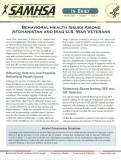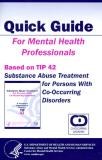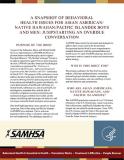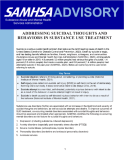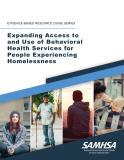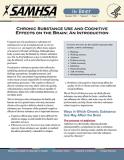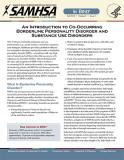
This guide introduces professional care providers to borderline personality disorder (BPD). It covers signs and symptoms of BPD, with or without co-occurring substance use disorder. The guide also discusses the importance of monitoring clients for self-harm and suicide, and referrals to treatment.
Units per Product
Download
Co-occurring borderline personality disorder and substance use disorders
File Type: PDF
File Size: 213 KB


